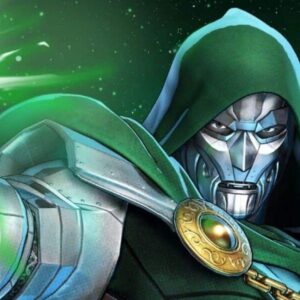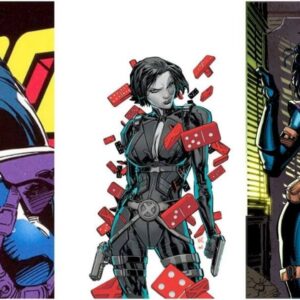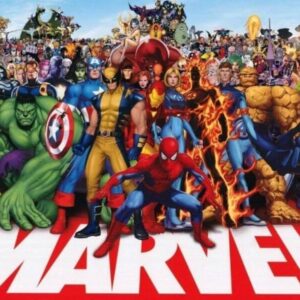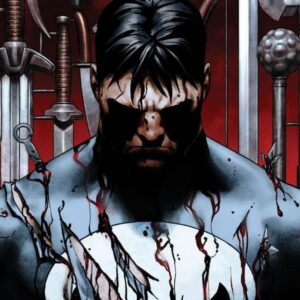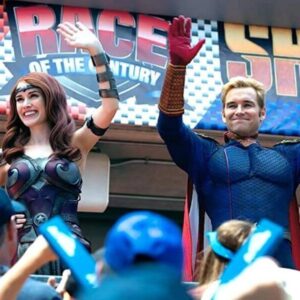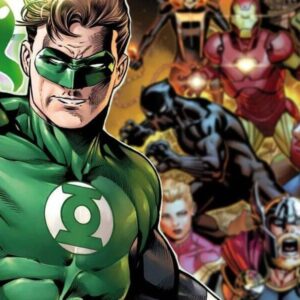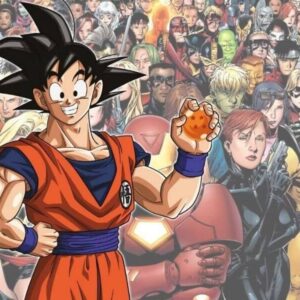Who wrote Marvel Comics? Stan Lee Burns It Down? Stan Lee, original name Stanley Martin Lieber, (born December 28, 1922, New York, New York, U.S.—died November 12, 2018, Los Angeles, California), American comic book writer best known for his work with Marvel Comics. Among the hundreds of characters and teams that he helped to create were the Fantastic Four, Spider-Man, the Avengers, and the X-Men.
Who wrote Marvel Comics?
In the early nineteen-forties, decades before he was Stan the Man, the impresario of the Marvel Universe, Stanley Martin Lieber fetched coffee, took notes, and sat on desks playing the piccolo—or perhaps the ocarina—in the offices of his uncle’s comic-book company.
There, before and after his Army service, and into the decade that followed, Stanley became one of many typists and scribblers providing copy for word balloons and prose for the books’ filler pages. He was as efficient as his older colleagues at churning out scripts, and already distinguished himself in one way: he put his pen name, Stan Lee, on all his work. He said that he was saving his birth name for a more respectable project, like a novel. Still, if he was going to make comics, he wanted credit.
That desire served him well. It also raised big questions about—to use two of Lee’s favorite nouns—power and responsibility, since Lee never created a comic alone. Novelists have editors and publishers. Live-action films require directors and actors. And company-owned superhero comics are plotted, drawn, scripted, and lettered by different people, with creative teams that change over time.
To give a full account of Stan Lee, as Abraham Riesman sets out to do in a new biography, “True Believer” (Crown), is to contend not just with his presence in popular culture (the smiling oldster in sunglasses, with a cameo in each Marvel film) but with the fluid nature of artistic collaboration, and so with endless debates over which parts of the comics are his.
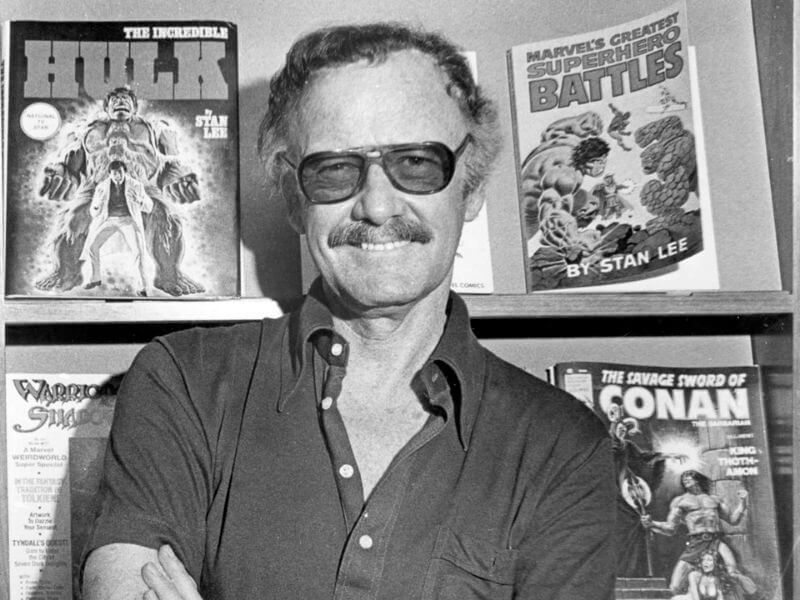
What Project Did Stan Lee Create With DC Comics?
Stan Lee’s first issue in his series’ with DC Comics launched in September 2001. The idea for it came from film producer/comic book writer Michael Uslan, who approached Lee with the concept of re-imagining DC’s characters with a group of A-list comic artists, like John Buscema and Jim Lee (no relation). It wasn’t a hard sell.
Lee saw the opportunity to work with the “distinguished competition” as a fun exercise and a chance to pay tribute to the characters and their original creators (fun fact: Lee was a good friend of the legendary Bob Kane, creator of Batman). The series had the elements that Lee was known for: alliterative names (Wayne Williams, Mary Maxwell), racial diversity, and more.
Reviews were mixed at the time, but the years have been kind to the unique series, with the characters inhabiting Earth-6 in the DC Multiverse and getting a new set of stories with the upcoming release of Tales from Earth-6: A Celebration of Stan Lee. With Stan Lee’s 100th birthday rapidly approaching, let’s look at how Lee placed his stamp on the renowned heroes of DC Comics.
Stan Lee Burns It Down
Lee’s take on Superman retained the fact that he came from Krypton (but as law officer Salden), took on the name Clark Kent, and Lois Lane was his agent. That would be the only connection, apart from the hero names, to DC canon. Stan Lee literally took the 10 DC heroes he was working with and started from scratch.
Wayne Williams, Batman, was a wealthy, African-American professional wrestler. Maria Mendoza, Wonder Woman, a Peruvian activist. The Flash’s real identity was Mary Maxwell, a self-confessed comic book fan that was suffering from a fatal disease. Famous fashion model Joan Jordan became Catwoman, and marine biologist Ramon Raymond became – you guessed it – Aquaman. No Bruce Wayne, Diana Prince, Dick Grayson or Barry Allen to be found.
A few of the characters retained the powers for which they have always been known: Batman is still a person with strength and smarts, Superman can do Supermanny things, and the Flash is a speedster thanks to an injection of hummingbird DNA (yes, you read that correctly). Others, most notably Aquaman and Shazam, had their powers reimagined altogether.
Aquaman gained the ability to turn into living, hard water, and when Robert Rogers says the word “Shazam” he transforms. Not into a Superman-like character, but rather into a big, hairy, winged, red creature with fangs and a necklace made of bones (think Hellboy with wings). Robin and Catwoman, traditionally without powers, were given some in Lee’s interpretation, with the latter and her cat being struck by green lightning, imbuing Joan Jordan with a cat’s speed, agility, physical skills, and a mind link with Ebony, her cat that gained human intelligence.
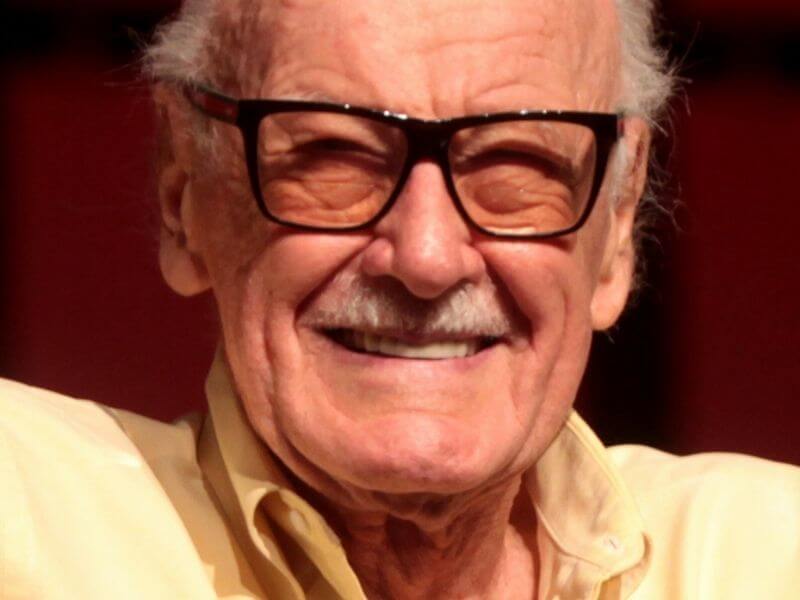
Stan Lee and the DC Artists Create New Looks
Lee’s “fun project” included collaborating with some of DC’s best artists on the look that would match his new takes on the characters. The results varied. Catwoman looked identical to her DC canon counterpart (except for her fingernails that extended into long, white claws, very similar to a certain Marvel mutant from Canada), and Batman was given a costume that looked like a real bat (think Man-Bat or Batmanuel’s (Néstor Carbonell) costume in The Tick), neither of which were particularly imaginative.
Characters like Wonder Woman and Superman were given new suits, each of which one could see the canon characters wearing, and Green Lantern was green from head to toe (and weirdly, didn’t have a lantern). Truthfully, there was only one costume that was truly unique and bold: The Flash’s. Mary Maxwell wore a stark, all-white bodysuit, with an array of colorful ribbons in her hair, leaving a rainbow trail wherever she ran (by the way, she could run so fast that she could catch up to herself before she had even started running).
Going in, Lee had an overarching storyline that bound the one-shot issues together, one that wouldn’t be fully revealed until the final issue, Just Imagine: Crisis. Throughout the run, there are three common threads. First, each of the heroes, with a few exceptions, take up their mantles to right a wrong, like the death of a loved one.
Thematically, it plays into the immortal “with great power comes great responsibility” that colors much of Lee’s work. Secondly, each of their origins involve a mysterious green mist. For example, Len Lewis being thrown into the green mist that surrounds the Tree of Life in Africa, turning him into Green Lantern (or, more appropriately, Green no-Lantern), or astronaut Larry Wilton (look, ma – no alliteration!), who drifts into the green mist that has covered the planet, waking up in a dream world as Sandman.
Finally, there’s the Reverend Dominic Darrk and his Church of Eternal Empowerment, the antagonist that has a hand in each hero’s individual conflicts, directly or indirectly, and who sets up the arrival of a being known as Crisis (that looks remarkably like the Anti-Monitor from DC’s iconic Crisis on Infinite Earths series) for the climactic ending of the series.
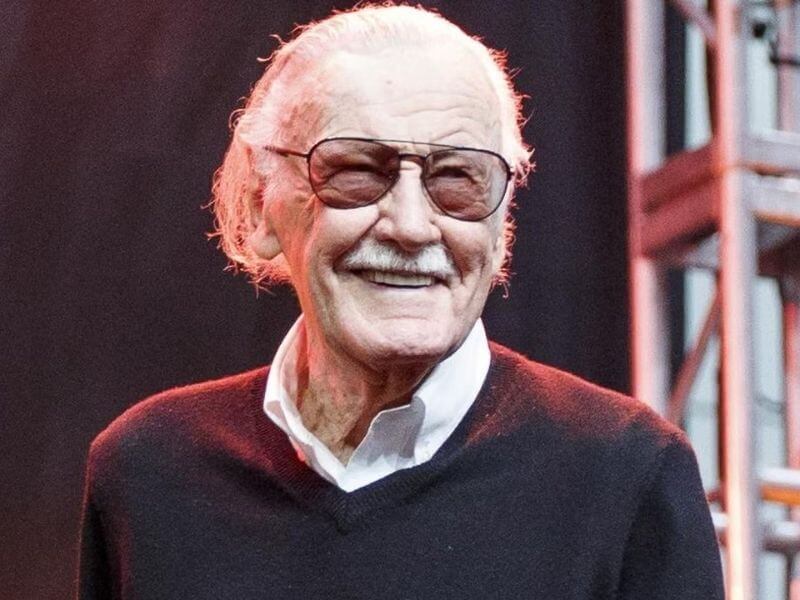
Above is information about Who wrote Marvel Comics? Stan Lee Burns It Down? that we have compiled. Hopefully, through the above content, you have a more detailed understanding of Marvel Comics. Thank you for reading our post.
